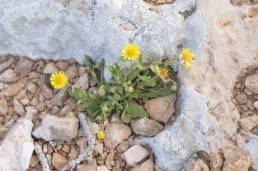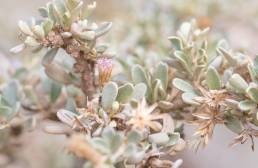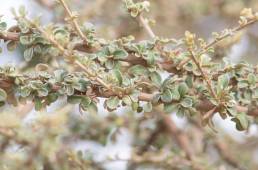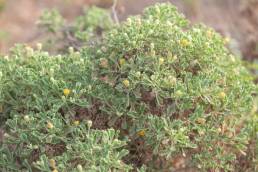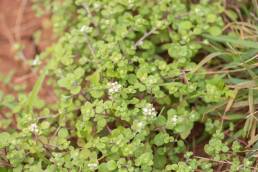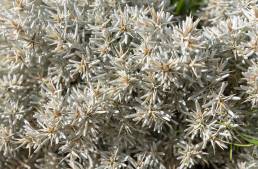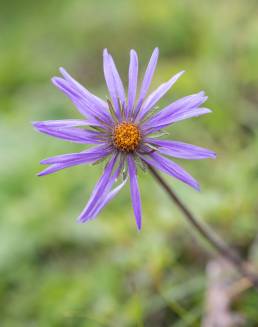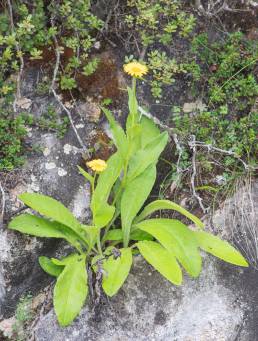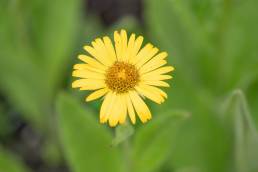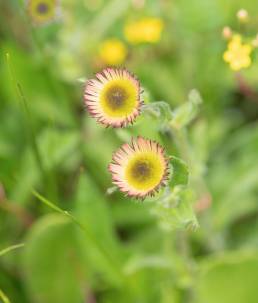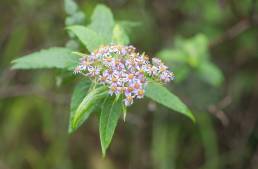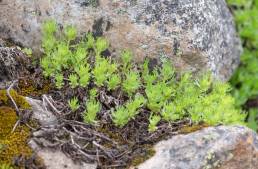17 Dec 2023
Vernonia cockburniana
I only found a single flower on this Vernonia cockburniana, but when in bloom it must be a wonderful site with the pink…
15 Dec 2023
Pulicaria stephanocarpa
Pulicaria stephanocarpa is a species that in many places dominate the landscape on Socotra. You will encounter it by…
13 Dec 2023
Macledium canum
My first and only encounter of Macledium canum so far, and although the plentiful winter rains have made sure this…
14 Jul 2023
Nannoglottis hookeri
Nannoglottis hookeri is found in Sikkim's temperate to alpine biomes to 4600 meters elevation. Elevation: 3874 meters.…
14 Jul 2023
Nannoglottis hookeri
Nannoglottis hookeri is found in Sikkim's temperate to alpine biomes to 4600 meters elevation. Elevation: 3874 meters.…
13 Jul 2023
Aster albescens
Aster albescens is found in Sikkim's subtropical to alpine biomes to 4000 meters elevation. Elevation: 2775 meters.…
12 Jul 2023
Allardia glabra
Allardia glabra is found in Sikkim's alpine biome to 6000 meters elevation. Elevation: 4831 meters. Native range is…
